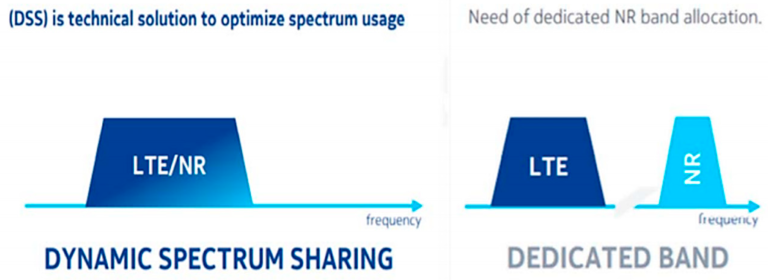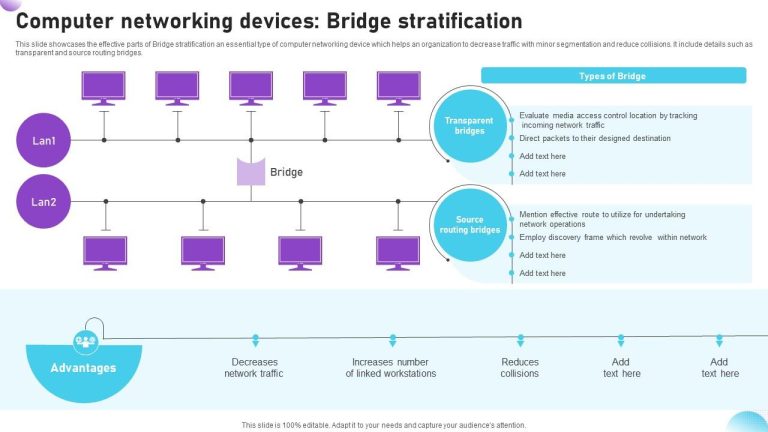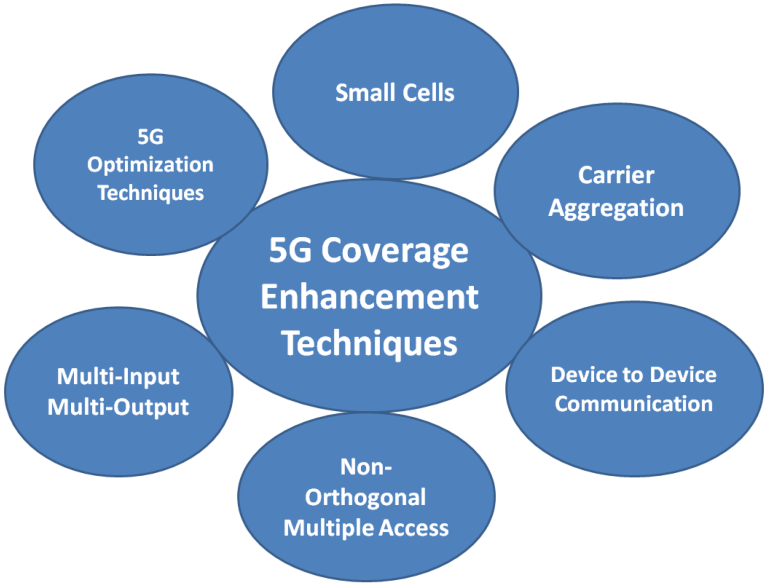The Evolution of NFV Deployment: From Concept to Real-World Applications
Network Functions Virtualization (NFV) has dramatically transformed the telecommunications industry over the past decade. Once just a forward-thinking concept, NFV has evolved into a cornerstone technology driving digital transformation and operational efficiency in modern networks. This article explores the journey of NFV deployment—from its initial conception to its widespread adoption in real-world applications.
Understanding NFV: The Initial Concept
NFV was first introduced in 2012 by a consortium of telecom operators seeking to decouple network functions from proprietary hardware. The goal was to transition towards software-based solutions running on commercial off-the-shelf (COTS) hardware. This approach promised improved scalability, reduced capital expenditures (CapEx), and faster service innovation.
Initially, the idea of virtualizing core network functions such as firewalls, load balancers, and routers seemed radical. Traditional network infrastructure was tightly coupled with vendor-specific hardware, which made upgrades and maintenance both costly and complex. NFV introduced a new level of flexibility, where these functions could now be deployed, managed, and scaled via software on virtual machines or containers.
Challenges in Early NFV Deployment
Despite the promising vision, early NFV deployments faced several hurdles. One of the biggest challenges was interoperability. Telecom environments are inherently complex, involving multiple vendors, legacy systems, and strict reliability requirements. Ensuring that virtual network functions (VNFs) from different vendors could work seamlessly together was a major obstacle.
Another issue was performance. Virtualized environments could not initially match the speed and efficiency of dedicated hardware appliances. Operators also struggled with orchestration and lifecycle management of VNFs, leading to increased operational complexity rather than the anticipated simplification.
Technological Maturity and Standardization
As the technology matured, so did the tools and frameworks supporting NFV. The European Telecommunications Standards Institute (ETSI) played a key role in standardizing NFV architecture, making it easier for vendors and operators to align their solutions. The introduction of NFV Management and Orchestration (MANO) frameworks was a critical milestone. MANO enabled centralized control, automation, and orchestration of VNFs across hybrid environments.
The integration of NFV with Software-Defined Networking (SDN) further amplified its potential. SDN provided dynamic control over data flow, allowing NFV to be more agile and responsive to real-time demands. Together, these technologies laid the foundation for more resilient, scalable, and intelligent network infrastructures.
Real-World Applications and Business Benefits
Today, NFV is no longer a theoretical approach—it is actively driving real-world applications across telecom, enterprise, and cloud service providers. One notable example is the deployment of virtual Evolved Packet Core (vEPC) in mobile networks. vEPC enables mobile operators to support growing data traffic and rapidly introduce new services, such as 5G capabilities, with lower latency and improved user experiences.
Another impactful application is in the field of customer premises equipment (vCPE). By virtualizing CPE functions, service providers can reduce hardware dependencies at customer sites and offer services more flexibly via the cloud. This shift not only reduces costs but also accelerates time-to-market for new offerings.
Enterprises also benefit from NFV through network slicing, allowing them to customize their network capabilities based on specific use cases such as IoT, video streaming, or mission-critical communications.
The Road Ahead: NFV in the 5G and Edge Era
As 5G and edge computing continue to expand, the role of NFV is becoming even more significant. NFV enables distributed, low-latency services by virtualizing network functions at the edge. This is vital for applications requiring real-time processing, such as autonomous vehicles, smart cities, and augmented reality.
Looking ahead, the rise of cloud-native network functions (CNFs) built on microservices and containers marks the next phase of NFV evolution. These CNFs offer greater flexibility, faster deployment, and improved scalability, further aligning with the needs of future networks.
Conclusion
The journey of NFV deployment from concept to real-world application has been one of innovation, adaptation, and technological growth. While challenges remain, the benefits of NFV—cost efficiency, scalability, and service agility—are undeniable. As networks continue to evolve, NFV will remain at the heart of digital transformation, enabling smarter, faster, and more dynamic connectivity for years to come.







